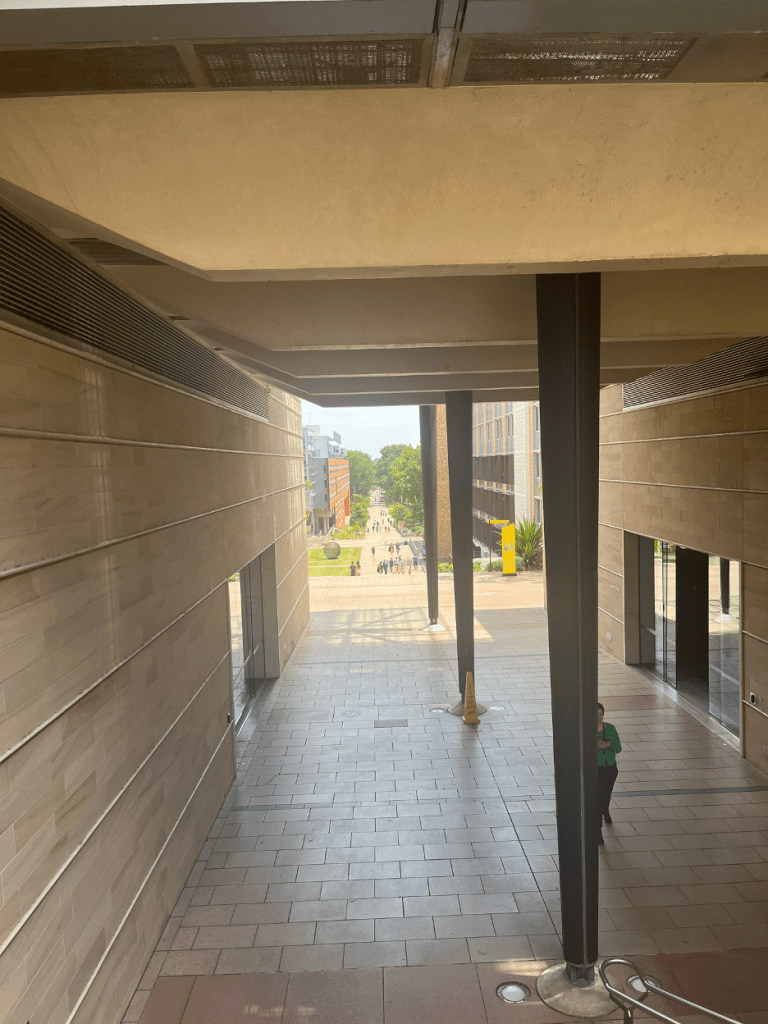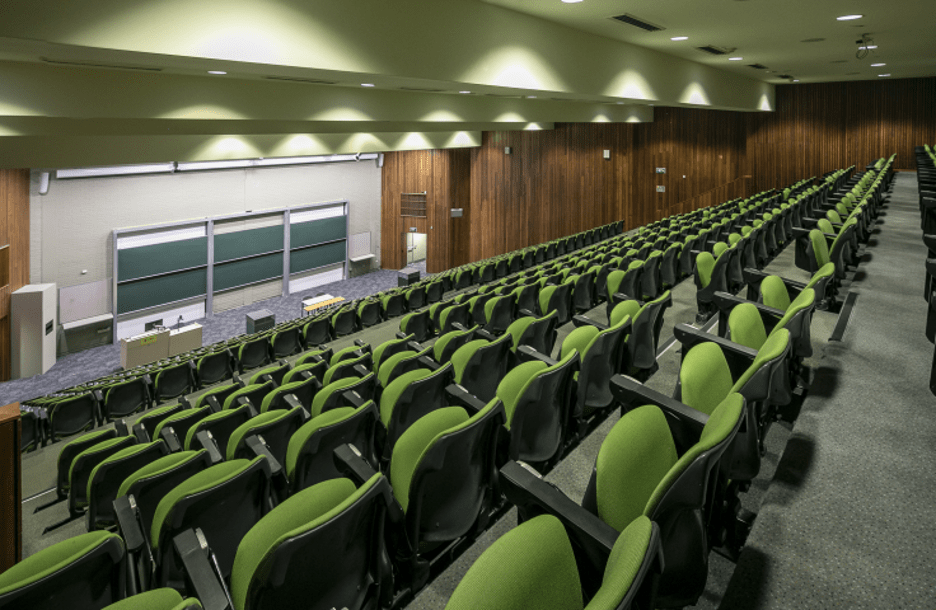Comparison – Amherst & UNSW
Since mid-August, I’ve been navigating the bustling campus of the University of New South Wales (UNSW) in Sydney, Australia, on my study away Fall semester. In my first month here, the stark differences between Amherst and UNSW have become increasingly apparent. The small class sizes, familiar faces at Valentine Dining Hall, and the cozy corners of Frost Library at Amherst have given way to the vastness of a public research university with 36 times the number of students. While there are several similarities between UNSW and Amherst, my small liberal arts college in Western Massachusetts feels worlds away. In this post, I aim to use my personal experiences to compare UNSW with Amherst to shed light on some of the key distinctions between the two institutions.

Duration:
One fundamental difference between Amherst and UNSW lies in the duration of the academic programs in the U.S. and Australia. At Amherst, the typical undergraduate experience spans four years, with a bi-semester system each calendar year. In contrast, UNSW operates on a trimester system and offers a three-year undergraduate program, followed by an optional Honours year. The Honours year, I’ve discovered, allows students to delve deeper into their chosen field by completing a self-directed research project that builds on their undergraduate studies. However, while its prevalence varies across degrees, fewer than 10% of undergraduate students nationwide opt for this additional year.
Academic Specialization:
Amherst’s open curriculum encourages students to explore a broad spectrum of subjects before specialization. Personally, I have made the most of this flexibility, having taken classes in STEM subjects like mathematics, social science fields like economics, and languages like French and Japanese. UNSW, on the other hand, emphasizes early specialization, and provides minimal room for academic exploration. As I delved into third-year math classes at UNSW, I noticed that students pursuing a math degree at UNSW have exclusively taken math classes, a sharp contrast to my interdisciplinary journey at Amherst.
Grading:
Grading systems also differ. UNSW employs a scale where an overall mark of 85% is considered equivalent to a U.S. A+ (“High Distinction”), and 75% is a U.S. A (“Distinction”). This is significantly lower than Amherst’s grade cutoffs – typically 93% for an A. Despite these numerical variations, I’ve found the difficulty level to achieve similar grades to be comparable. The Weighted Average Mark (WAM) at UNSW serves a similar purpose to the GPA at Amherst, providing an overall measure of academic performance.
Teaching:
For each of my classes at UNSW, I have 3-4 lectures (each lasting two hours) and one tutorial per week. My lectures are notably larger than any classes I have had at Amherst, with over 150 students (and a mix of undergraduates and postgraduates in some) that are recorded to watch online live or on-demand. Tutorials are perhaps more like the smaller class settings I have become accustomed to at Amherst; they are capped at 20 students to go through a problem set or delve deeper into topics. Office hours (“consultation hours”) are available weekly but are not as integral to learning the content as they are at Amherst, and aren’t as popular.

Class Structure:
The structure of classes also varies. While it is subject- and professor-dependent, I have found that Amherst’s classes prioritize continuous assessment and employ various grading techniques throughout the semester, including assignments, essays, quizzes, in-class and take-home exams, group projects, presentations, and class participation. At UNSW, exams seem to carry more weight, with some classes being graded entirely on exam results. My math classes, for instance, allocated 60% of the grade to the final exam, and 10-20% to each of my midterms. None of my problem sets were graded nor contributed to my overall grade for the class. This promotes a more self-directed, independent form of studying.
Outside of Studying – Campus Culture:
The cultural differences extend beyond the classroom. While every student at Amherst lives on or near campus, UNSW has a high proportion of commuter students, who are from all around Sydney and continue to live at home as university students. Hence, the only students living on or near campus tend to be international students or those from other Australian cities. The commuter culture affects the sense of community, and the campus appears quieter than you might expect at a 65,000-student university, particularly in the evenings.

Additionally, the significance of university sports differs. Inter-university competitive sport doesn’t exist to the same degree as it does in the U.S., and hence none of the students are recruited as student-athletes like at Amherst.
Finally, there is a stronger international student presence at UNSW. International students constitute 40% of the student body, much more than Amherst’s 10%.

In Conclusion:
So far, studying abroad at UNSW has been an eye-opening experience, showcasing the vast differences in university life between Amherst and UNSW, and hence between the U.S. and Australia in general. I think that recognizing these differences have helped me transition to a new university environment more easily. While the adjustment to different teaching styles, course layouts, and classroom environments is testing my ability to adapt, the experience is rewarding. As I continue to navigate the unique aspects of UNSW, I am grateful for the opportunity to broaden my perspective and study at a university so distinct from Amherst.